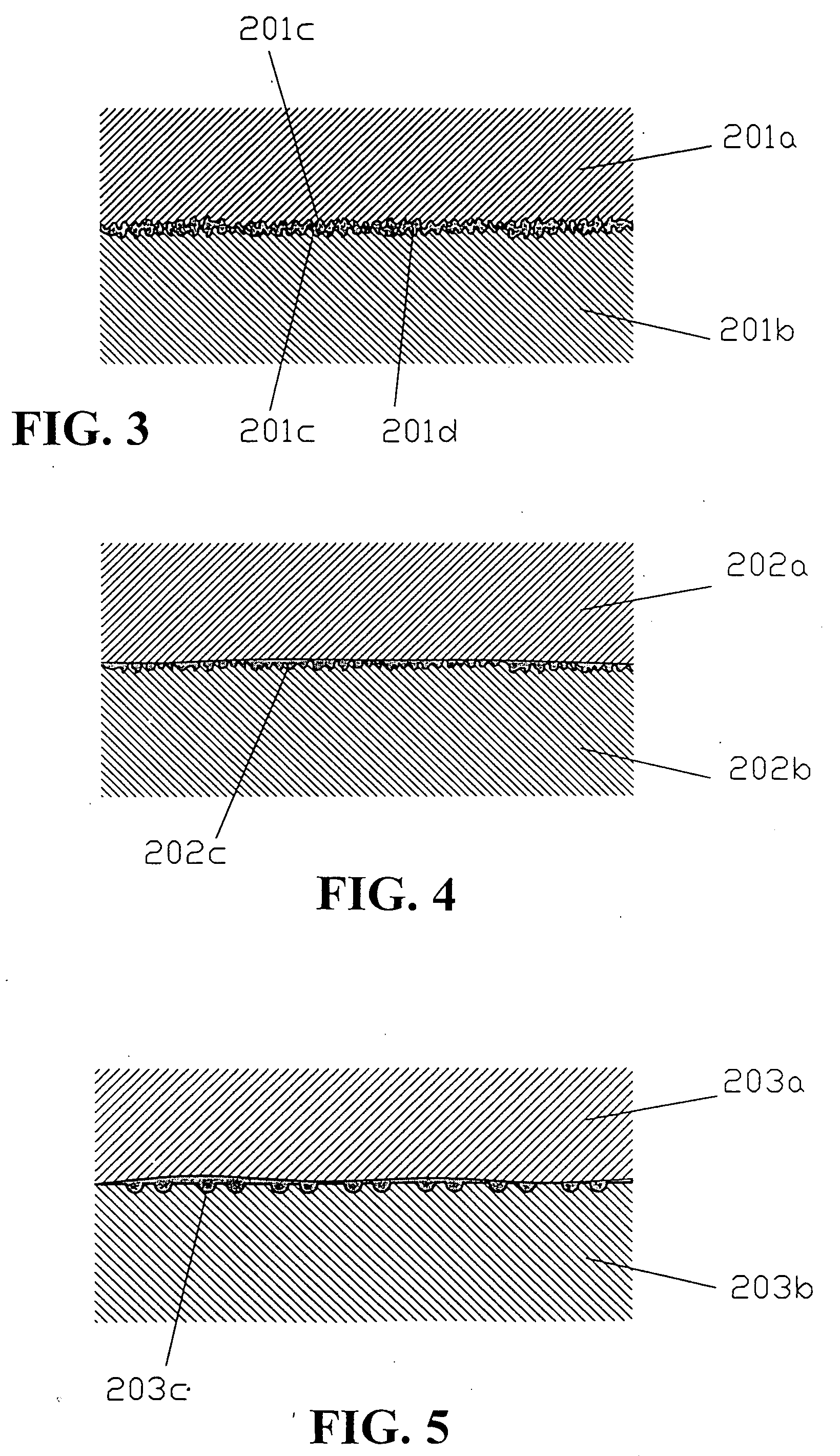Low thermal resistance junction processing
a junction processing and low thermal resistance technology, applied in the field of low thermal resistance junction processing, can solve the problems of ineffective reduction of thermal resistance in compression-type junctions, and limited improvement of thermal resistance across the junction, so as to reduce junction thermal resistance, enhance structural strength and air tightness
- Summary
- Abstract
- Description
- Claims
- Application Information
AI Technical Summary
Benefits of technology
Problems solved by technology
Method used
Image
Examples
Embodiment Construction
[0026] The following descriptions are of exemplary embodiments only, and are not intended to limit the scope, applicability or configuration of the invention in any way. Rather, the following description provides a convenient illustration for implementing exemplary embodiments of the invention. Various changes to the described embodiments may be made in the function and arrangement of the elements described without departing from the scope of the invention as set forth in the appended claims.
[0027] In the following, detailed description along with the accompanied drawings is given to better explain preferred embodiments of the present invention.
[0028] In a preferred embodiment of the present invention, a capillary structure is formed at the junction between two identical or different types of metallic material. An appropriate amount of soldering paste is then added in the junction and melted to bind the two types of material together.
[0029] The capillary structure 201c could be f...
PUM
| Property | Measurement | Unit |
|---|---|---|
| Temperature | aaaaa | aaaaa |
| Capillary wave | aaaaa | aaaaa |
| Metallic bond | aaaaa | aaaaa |
Abstract
Description
Claims
Application Information
 Login to View More
Login to View More - R&D
- Intellectual Property
- Life Sciences
- Materials
- Tech Scout
- Unparalleled Data Quality
- Higher Quality Content
- 60% Fewer Hallucinations
Browse by: Latest US Patents, China's latest patents, Technical Efficacy Thesaurus, Application Domain, Technology Topic, Popular Technical Reports.
© 2025 PatSnap. All rights reserved.Legal|Privacy policy|Modern Slavery Act Transparency Statement|Sitemap|About US| Contact US: help@patsnap.com



